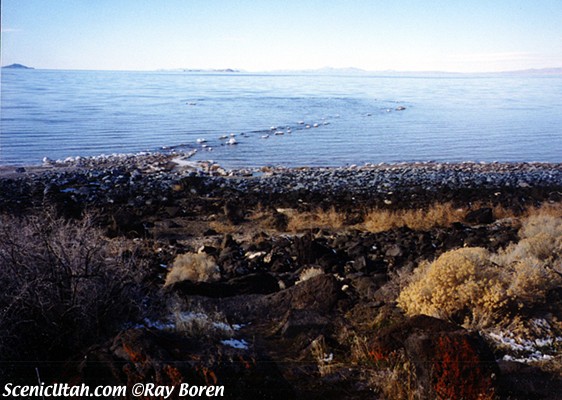

After the overcoming of Minimalism, in a procedural key, he arrived, in the late sixties, at the first earthworks. This art form was born as one of the many facets of ecological art, so called because the artist engages in an active confrontation with the surrounding space. Originally from New Jersey, he presents himself as a polyvalent artist: writer, director and sculptor in the open air, Smithson is the spokesperson and pioneer of Land Art. The work of Robert Smithson (1938-1973) is particularly significant in this regard. Robert Smithson, Amarillo Ramp, 1969, Texas In short, the artist does not create, but works on something pre-existing, in order to define a new relational space for the observer. A critique of consumerism and the commodification of art, to instead enhance the theme of recycling and the harmless exploitation of already existing resources. Behind the admiration for monumental sculptures and spectacular landscape views, however, there is also an ecological message. This movement is a challenge and there are many artists, especially Americans and Anglo-Saxons, who have been trying their hand at the encounter-clash with the natural environment since the 1970s. But it is their ephemeral nature that makes them fascinating. In Land Art, the works are children of Mother Earth and their existence is determined by the action of atmospheric agents, which can change or destroy them. This does not mean that this space cannot be the museum or the gallery, as demonstrated for example by Duchamp’s Etantdonnés, an environment created for a specific context (Philadelphia, Museum of Art), nor that the environmental work cannot find forms for be documented, told or ‘exhibited’ in the museum or gallery. What is crucial to understand is that, both in the enviroments and in the works of Land Art, the work ceases to be a closed object that can be exhibited in any place or circumstance, to become something that relates to a specific space and that often it cannot exist outside that space. This definition, used for the first time as the title of a film by the German curator and gallery owner Gerry Schum, which documented the works outdoors of some British and American artists, it may still have a functionality, as long as it allows to distinguish the different instances that push the artists to leave the studio and enter the desert, lakes and woods: instances that may have, from time to time, a minimalist, procedural, conceptual or performative connotation. If, on the other hand, art leaves these institutional spaces to confront itself with an urban or natural space, we will speak of Land Art. If it is art that takes on environmental connotations – that is, it becomes an environment that can be visited and accessible to the viewer – then we will speak of environment, that is, the environment as a whole understood as a work of art. This conquest can follow different paths. One of the main achievements that art puts in place at the end of the sixties is that of the environment. Christo and Jeanne Claude, Surrounded Islands, 1980-1983, Floride Before talking to you about this great artist, it is important to highlight the Land Art movement: an art form perfectly integrated with nature and subject to its transformations. Among the wonderful works of Land Art, Robert Smithson stands out with his work Spiral Jetty, the result of an ecological art and bearer of a message of recycling and safeguarding the natural environment.


 0 kommentar(er)
0 kommentar(er)
